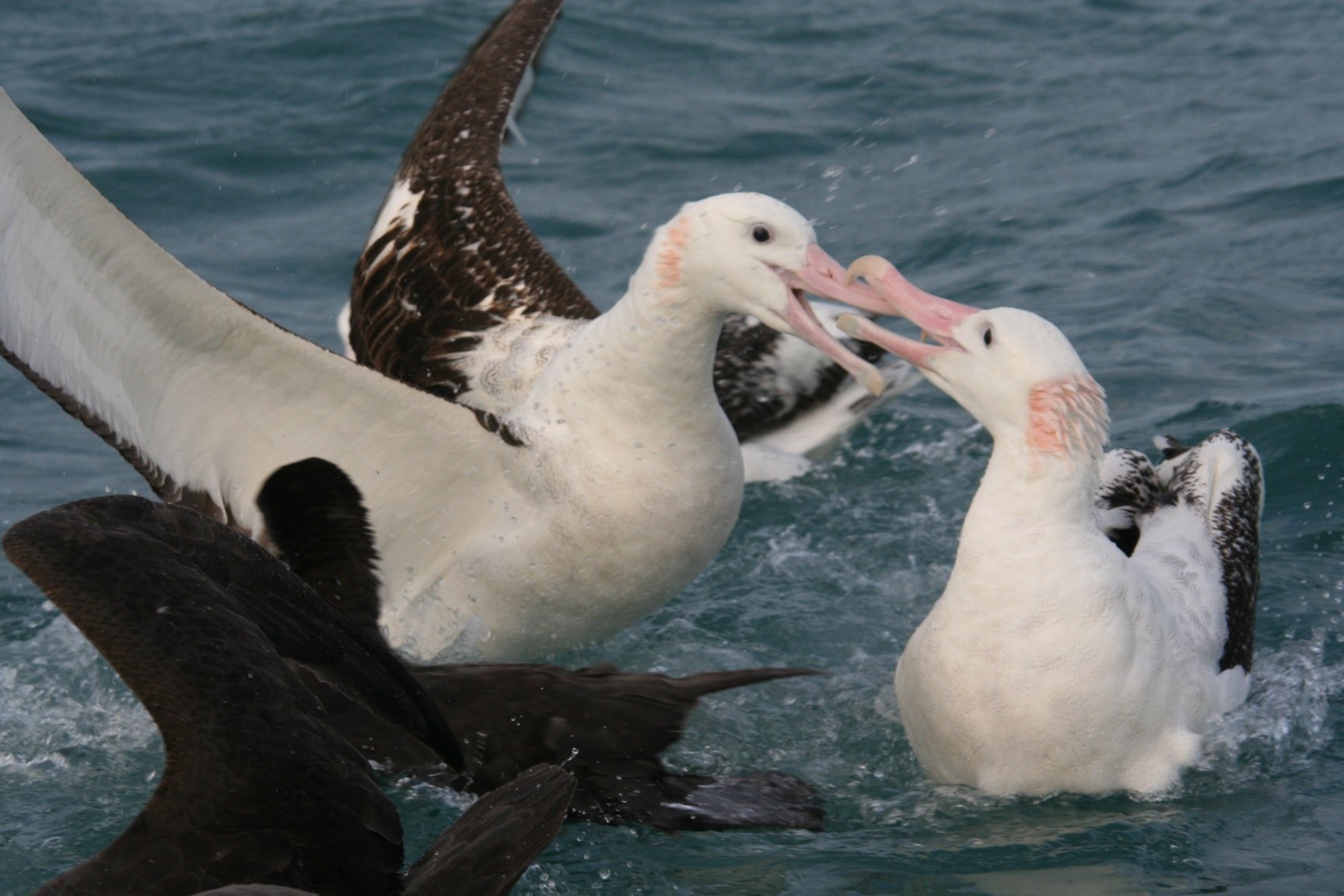Birders in fall look forward to cold fronts the same way a toddler looks forward to Santa Claus. With anxious days, sleepless nights, and the inkling in the back of your mind that the man can’t quite measure up to the myth.
We in the south get migration some weeks after Corey and crew and, like Tom Petty said, the waiting is the hardest part. I spend my mornings veering wildly between the too infrequent joy of stumbling across a mixed flock and wandering around in a misanthropic haze wondering if this here, with no sound but for the droning of late summer insects, is what a birdless future looks like. I can’t help it. Fall birding brings out the bipolarity in all of us. Well, in me at least.
With more time than usual to bird this last month, I’ve been able to watch fall migration come on slowly. This past weekend, though, the first big cold front passed through; a clipper with winds blowing down on us straight from Ontario loaded (hopefully) with birds. Instead of heading out to my local patch, which abuts a section of gameland sure to disperse the migrants’ impact, I went to Lake Crabtree County Park which lies amidst the sprawl of north Raleigh, just under the airport. The site can be a migrant trap in the right weather, and this foggy Monday morning that began to give way to clear blue skies looked to be just the kind of day I was hoping for.
But not at first, the fog was still heavy and the bird sound was muted. A few Blue Jays here, the squawk of a reticent Great Blue Heron flushing from the boat dock. I quickly honed in on a small tribe of Tufted Titmice in the hopes that they would lead me somewhere good. The pishing attracted nothing but a young male Common Yellowthroat, which was obliging enough to pose for a mugshot.

I walked along the lakeshore seeing little else until some movement in a nearby oak drew my attention to the first Cape May Warbler of the season. I usually think of these birds as later migrants, and I’ve seen them lingering in this part of the state as late as the first week of November before, but there was no doubt as to what it was. Last year a spruce budworm outbreak in Canada made for an incredible year for those warbler that depend on them. Cape Mays, Tennessees, and Blackpolls were pouring through the Piedmont a year ago – I can’t imagine how it was in a place wwere they’re actually considered common. That population boom will probably see good numbers in the next few years, too. Fine by me, Cape May is one of my favorites.
It wasn’t until I headed away from the lake towards a playground parking lot that things really took off, though. I followed a screaming mass of Chickamice that seemed to be in a mood to a clearing where I started pishing. In not more than a minute I was standing in the midst of a swirling cyclone of Parid activity. They were soon joined by Carolina Wrens, White-breasted Nuthatches, and a few Pine Warblers – the core of any mixed flock around here – in amass of bird fury directed at my passable attempt at a Screech Owl whistle. After about ten minutes with little else I was beginning to think the promised warblers weren’t coming, but all of a sudden they were there.
I saw the Black-and-Whites first. Then an American Redstart or two came into view followed by a flash of white and yellow heralding a stunning Hooded Warbler.

Not long after a Northern Parula swung through, followed by a pair of Magnolia Warblers and a solitary Red-eyed Vireo. I looked up to see the sun beginning to burn through the fog. The bugs were moving and the birds were following. That’s one of the great things about fall, with the exception of those impressive morning flights of birds re-orienting themselves after a night of migration, much of the activity waits a bit to get moving. This is particularly true after a colder evening. You don’t have to be out at the crack of dawn, so long as you’re at the spot where the sunlight hits the tree tops, you’re golden.
I rounded out the day with Chestnut-sided and Prairie Warblers to hit my first double digit day of the fall. We’re slow starters down here, but fall tends to linger. That’s just the way I like it.





 New writers welcome – please contact us for details.
New writers welcome – please contact us for details.

















Oh sigh, warbler flocks. Sweet memories of fall days at the Arb. And that Hooded pic is a complete stunner.
Nice hoodie.
Ooooh, Hooded Warbler- such a stunner! Some species are making their way through Costa Rica now (like the dozens of Blackburnians I had on Saturday morning) but I suspect the biggest songbird push wont happen for another week or two.